Bob and Marshall Jensen's Mt. Washington
Cog Railway Photographic Special:
Part 1 (History)
Bob Jensen at
Trinity University
Son Marshall visited in July 2012.
On one of his days visiting with us he and I took the Mt. Washington Cog Railway
for the first time
Erika was unable to accompany us since the Cog Railway is not advised for people
with spine problems
I think this 19th Century Cog Railway is one of the man-made wonders of the
world
The engines and cars are still manufactured and overhauled in the Cog Railway's
own foundry
The engine leaving at 8:30 a.m. each summer day is a sooty steam engine
The engines leaving the remainder of the day are cleaner biodiesel engines that
look like the steam engine
This is the world's first mountain climbing train
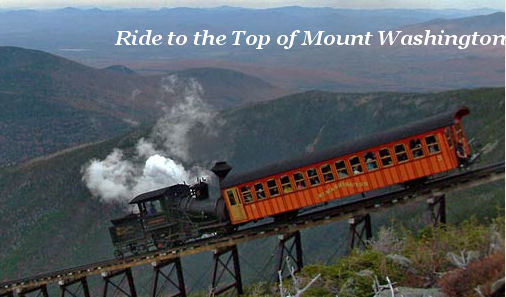
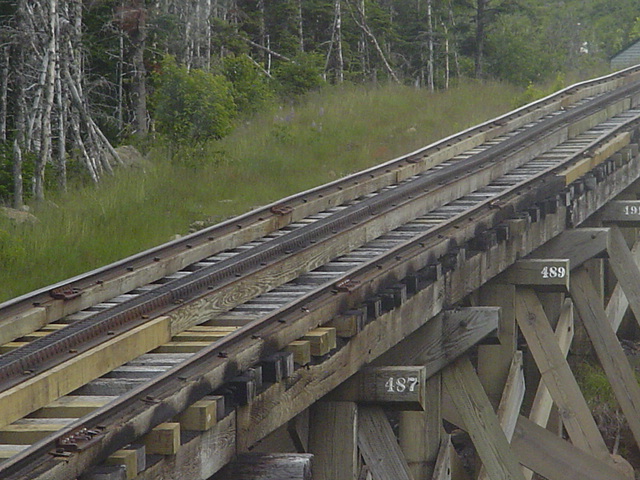

This is Bob and son Marshall prior to boarding the passenger car
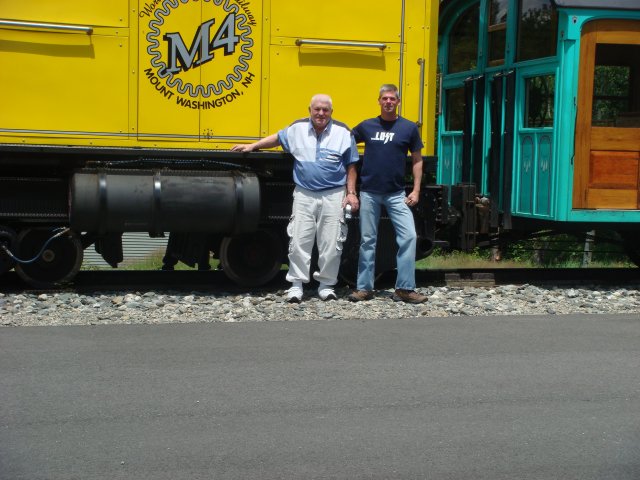
Mt. Washington ---
http://en.wikipedia.org/wiki/Mount_Washington_%28New_Hampshire%29
Before European settlers arrived, the mountain was known as Agiocochook, or
"Home of the Great Spirit"
Images of Mt. Washington ---
Click Here
https://www.google.com/search?q="Mt.+Washington"&hl=en&lr=&as_qdr=all&prmd=imvns&tbm=isch&tbo=u&source=univ&sa=X&ei=MWFMUNXxLKjv0gGYnoCQAw&ved=0CEYQsAQ&biw=1024&bih=609
Mt. Washington Summit Observatory and U.S. Weather Station ---
http://www.mountwashington.org/

Mt. Washington Auto Road ---
http://mtwashingtonautoroad.com/
The Cog Railway goes up one side of the mountain and the auto road goes up the
another side. In July, Marshall and I first had a brunch at the Mt. Washington
Hotel that is less than 15 miles from the Cog Railway Train Base Station
called Marshfield Base Station ---
http://www.trinity.edu/rjensen/Tidbits/Hotels/Hotels.htm
Then we went a mile or so on Rt. 302 to where the Base Station road turns north.
It felt like a 10-mile drive to the station. It's recommended that tickets be
purchased in advance (prices and purchase deals vary somewhat with the season
when the railroad is running) ---
http://thecog.com/schedule.php
Weary Appalachian Trail hikers may purchase one-way tickets down the mountain on
a space-available basis.
This is the Marshfield Base Station
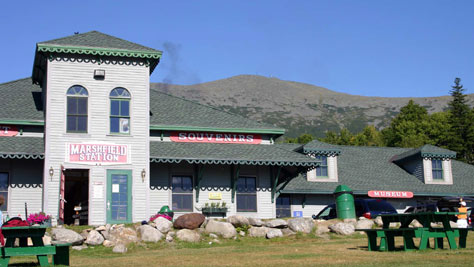
This is a view of Mt. Washington from my desk in the winter time
In Winter the Cog Railway and Summit are closed partly because the average
winter wind speed is over 75 mph
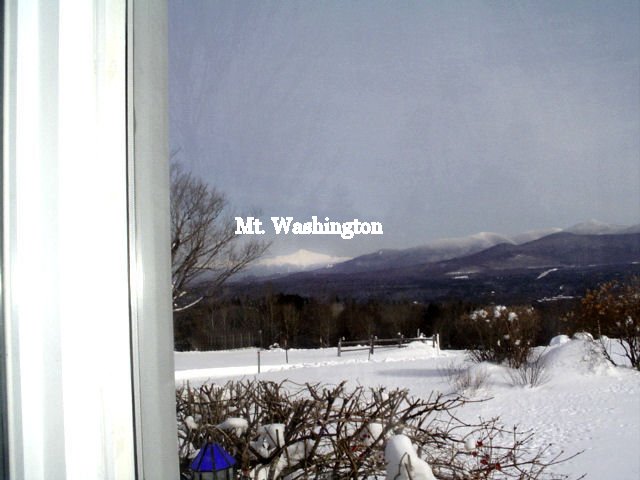
Mt. Washington is the only part of the 2,184 miles (3,515 km)
Appalachian Trail above timberline and on permafrost
The weather in the winter is much too fierce and dangerous for hiking this part
of the trail in winter
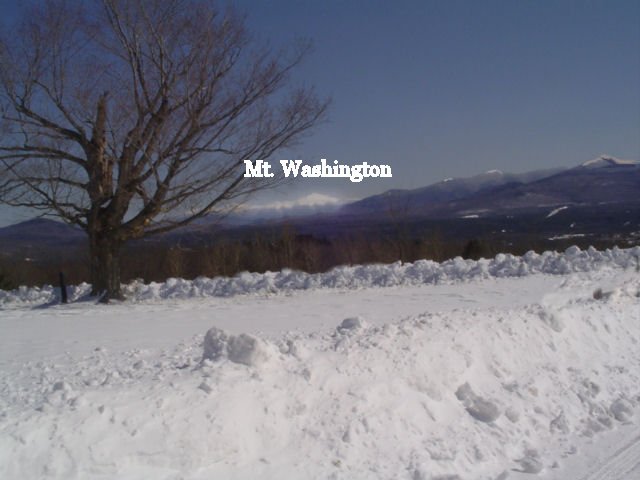
Above timberline these types of stone piles mark the
Appalachian Trail
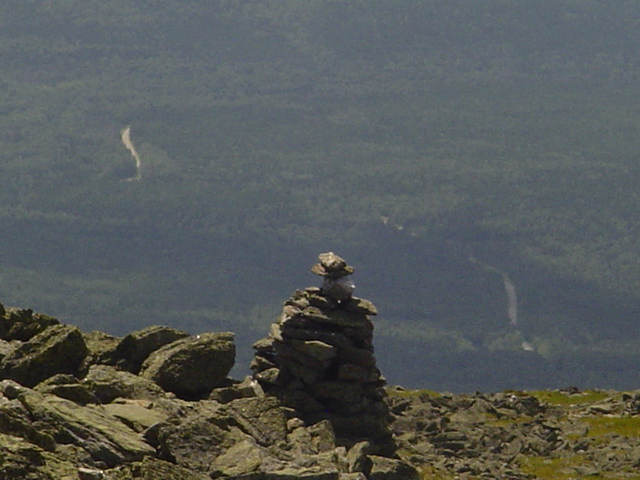
The Presidential Range ---
http://en.wikipedia.org/wiki/Presidential_Range

I took the picture below from the Summit of Mt. Washington
Note that it is always windy at the summit.
Even on hot days take a jacket and cap. Sundresses are not recommended
Although it is fun to watch women struggle modestly with sundresses at the
summit

Mt. Washington Cog
Railway Home Page ---
http://www.thecog.com/
Mt. Washington Cog
Railway ---
http://en.wikipedia.org/wiki/Mount_Washington_Cog_Railway
The Mount Washington Cog Railway is the
world's first mountain-climbing
cog railway (rack-and-pinion railway). The railway
is still in operation, climbing
Mount Washington in New Hampshire, USA. It uses a
Marsh rack system and one or two
steam locomotives and four biodiesel powered
locomotives to carry tourists to the top of the mountain.
It is the second steepest rack railway in the world
with an average grade of over 25% and a maximum grade of 37.41%. The railway
is approximately 3 miles (4.8 km) long and ascends Mt. Washington's western
slope beginning at an elevation of approximately 2,700 feet (820 m) above
sea level and ending just short of the mountain's summit peak of 6,288 feet
(1,917 m). The train ascends the mountain at 2.8 miles per hour (4.5 km/h)
and descends at 4.6 mph (7.4 km/h). It takes approximately 65 minutes to
ascend and 40 minutes to descend although the diesel can go up in as little
as 37 minutes.
Most of the Mount Washington Cog Railway is in
Thompson and Meserve's Purchase, with the part of
the railway nearest to Mt. Washington's summit being in
Sargent's Purchase.
The railway was built by
Sylvester Marsh (1803-1884)
of
Campton, who came up with the idea while climbing
the mountain in 1857. His plan was treated as insane. Local tradition says
the
state legislature voted permission based on a
consensus that harm resulting from operating it was no issue — since the
design was attempting the impossible — but benefits were guaranteed: The
$5,000 of his own money he put up, and whatever else he could raise, would
be spent largely locally, including building the Fabyan House hotel at
nearby Fabyan Station to accommodate the expected tourists. The railway is
sometimes called "Railway to the Moon" because one state legislator remarked
during the proceedings that Marsh should not only be given a charter up
Mount Washington but also to the
moon. After developing a
prototype locomotive and a short demonstration
section of track, he found investors and started construction.
Despite its incomplete state, the first paying
customers rode in 1868; the construction reached the summit in 1869. The
early
locomotives all had
vertical
boilers, like many stationary
steam engines of the time; the boilers were
mounted on
trunnions allowing
them to be held vertically no matter what the gradient of the track. Later
designs introduced horizontal boilers, slanted so they remain close to
horizontal on the steeply graded track.
Sylvester Marsh died in 1884 and control of the Cog
passed to the
Concord & Montreal Railroad, which ran it until 1889 when the
Boston & Maine Railroad took over.
Control by the Teagues began in 1931 when Col.
Henry N. Teague bought the Cog. In 1951 following
Col. Teague's death,
Arthur S. Teague, the colonel's protégé but no
relation, became general manager. Arthur S. Teague gained ownership in 1961.
After he died in 1967, the ownership passed to his wife,
Ellen Crawford Teague,
who ran the Cog as the world's first woman president of a railway. In 1983
Mrs. Teague sold the railway to a group of New Hampshire businessmen.
The Cog has been in continuous operation since 1869
with service interruptions only during the World Wars.
In the summer of 2008, the Cog introduced its first
diesel locomotive. The
late 2000s recession and the
2000s energy crisis led to fewer passengers, and
the Cog sought to cut costs with the diesel, which could make 3 round trips
for the cost of one steam train round trip
. . .
Accidents
The first of two major accidents in the railway's
history occurred in 1929. The first
locomotive, #1 (first named Hero and later
Peppersass because of its vertical boiler's resemblance to a
pepper sauce bottle) which was used to build the
railway was found after being lost for many years as it had been moved about
the country and placed on display at many exhibitions. The owners of the
railway at the time (the Boston & Maine Railroad) decided to restore
Peppersass and make a commemorative trip for the railway's 60th
anniversary. During the ascent, however, the locomotive's front
axle broke and the locomotive began descending the
mountain at high speed. All but one of its crew jumped to safety (though
some suffered broken bones), but one man did not escape and died. Although
the locomotive broke into pieces, the boiler did not rupture, and the pieces
were later reassembled to reconstruct the locomotive for static display. It
is now located at the Cog Railway Base Station.
On September 17, 1967, eight passengers were killed
and seventy-two injured when Engine #3 derailed at the Skyline switch about
a mile below the summit. The engine rolled off the
trestle while the uncoupled passenger car slid
several hundred feet into a large rock. An investigation revealed that the
Skyline switch had not been properly configured for the descending train.
The railway nonetheless has a solid safety record having taken almost five
million people to the summit during its existence.
At the Summit in
the 19th Century
No skimpy sundresses in sight

Engine Number 1
is now an antique machine on display at the Marshfield Base Station
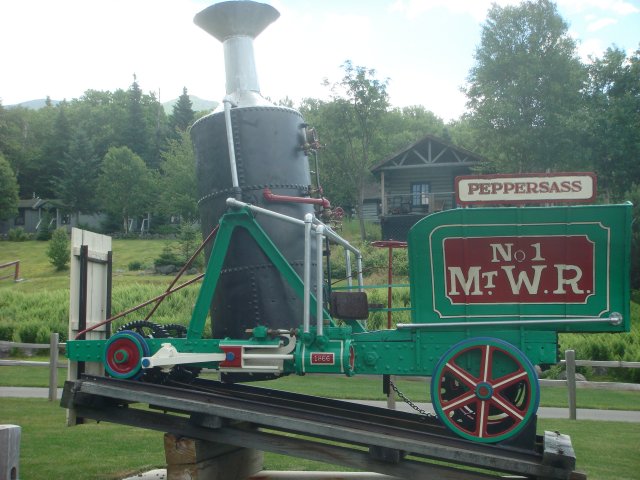
New Hampshire Historical
Society Cog Railway Photos ---
http://thecog.com/history_photos.php
The construction of this then-unique railroad
between 1866 and 1869 fortuitously coincided with the establishment in 1865
of the Kilburn Brothers stereography business in nearby Littleton, New
Hampshire. By 1869, the year the railroad was completed, the Kilburn's
Littleton factory was producing twelve hundred of these three-dimensional
photographic cards daily and had become one of the largest such operations
in the nation. In the initial years of their enterprise, the Kilburns were
able to record on film the successive steps in the construction and
development of the railroad soon to be considered "one of the greatest
wonders of the time." The symbiotic relationship that inadvertently
developed between the stereographers and the railway helped later in
promoting both businesses.
As soon as the rail line opened to the top of the
highest mountain in the eastern United States, passengers were able to buy
"Kilburn Brothers' admirable stereoscopic pictures" as souvenirs of their
adventure. As early as August 21, 1869, Kilburn photographs had been
transformed into engravings for publication in Harper's Weekly, bringing
national attention to New Hampshire's special technological achievement. The
stereoviews and the engravings derived from them familiarized people with
the engineering feats, the specially designed locomotives, and the landmarks
a tourist would encounter on a typical trip up Mount Washington via the cog
railway. In 1870 alone, five thousand people, or the majority of those who
ascended the mountain that season, did so by this exciting new method of
reaching the top.
The
Kilburns were long considered the leading photographers of the cog railway,
but others soon followed their lead. Through the years, cog railway imagery,
produced in a wide variety of media including stereography, engraving,
postcard photography, and printed advertising, tended to be tourist oriented
and practical in nature. While the new means of transportation enabled many
more people than ever before to experience the mountain landscape that had
inspired generations of artists, the cog railway itself seldom appears on
artists' canvases. In the years that followed the railroad's opening, even
those few academically trained artists and engravers who focused on views of
tourists as opposed to strict landscape scenes tended to picture relatively
romantic views of small groups of horseback riders on Mount Washington's
bridle path rather than the innovative railroad with its innumerable
passengers. By contrast, sign, vehicle, and general ornamental painters who
produced artwork for advertising and other commercial purposes, did not
hesitate to incorporate images of the popular New Hampshire landmark into
their products.
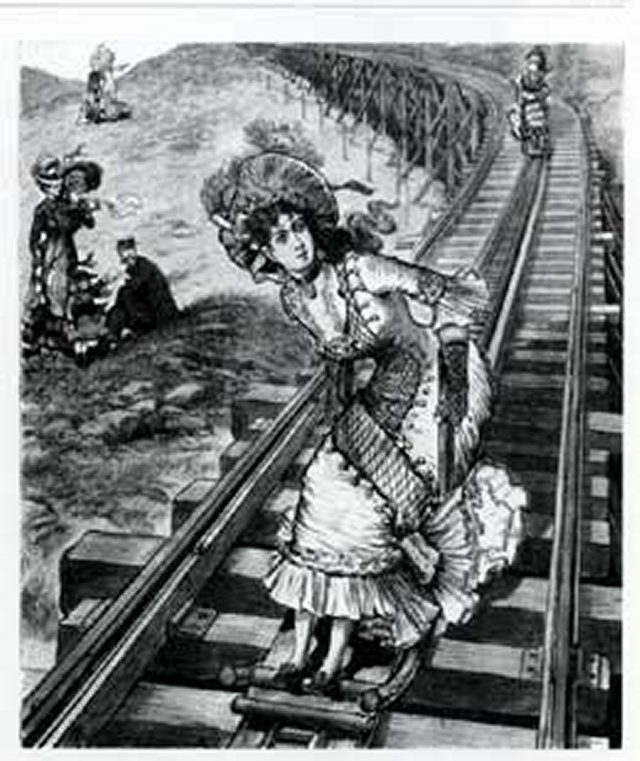
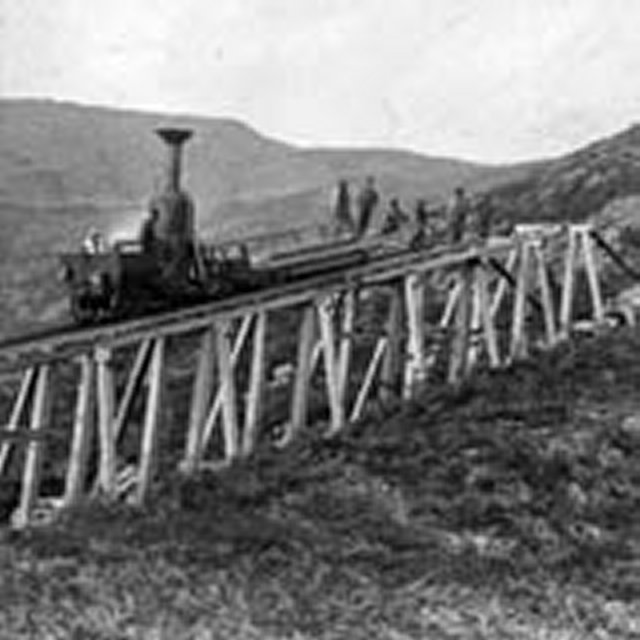
Summit in 1890

Old Postcard
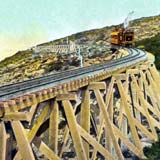
This is son
Marshall before we boarded the train
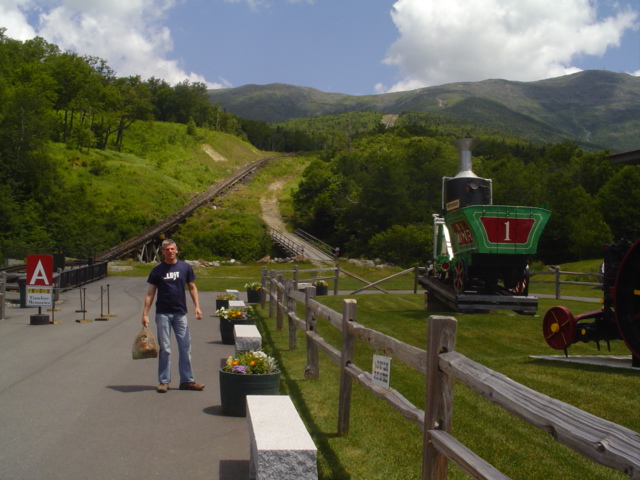
We had
reservations on the second train leaving the station
We followed immediately after the train ahead
The engine pushes the car up the mountain

Our conductor
normally is an engineer in the foundry (called the "Shop")
However, this day he was assigned to be our conductor and uphill ride-guide

We were
fortunate to get the first seat on our car that followed the train in front

Technology Then
and Now ---
http://en.wikipedia.org/wiki/Mount_Washington_Cog_Railway
Each train consists of a locomotive pushing a
single passenger car up the mountain, and descending the mountain by going
backwards. Both locomotive and car were originally equipped with a
ratchet and pawl mechanism engaged during the
climb that prevents any roll-back; during descent, both locomotive and car
are braked. Recent improvements in design have replaced the ratchet (gear
and pawl mechanism) with
sprag clutches and
disc brake assemblies. Most of the locomotives
were made by the
Manchester Locomotive Works.
The
rack rail design used is one of Marsh's own
invention, using a ladder-like rack with open bar rungs engaged by the teeth
of the
cog
wheel. This system allows snow and debris to fall
through the rack rather than lodge in it. A similar design, called the
Riggenbach rack system, was invented by
engineer
Niklaus Riggenbach in
Switzerland at about the same time. The Swiss Consul to the United
States visited Marsh while constructing the railway up Mount Washington, and
his enthusiastic reports persuaded the Swiss government to commission
Riggenbach to build on
Rigi Mountain the
Vitznau-Rigi-Bahn, opened on May 21, 1871.
Initially, there was no way to pass on the Mount
Washington Cog Railway. In 1941, a nine-motion
switch was invented, and two spur
sidings were added, each long enough to divert two
up trains so others could pass down, enabling more round trips per day.
In 2004, work was completed replacing the lower
Waumbek Switch and Siding with an 1,800-foot (550 m) passing loop
equipped with electric and hydraulicly powered automated switches. These
switches are powered by batteries and recharged by
solar panels. One switch is located at each end of
the loop, allowing ascending and descending trains to pass one another
This is
Marshall's picture of the solar panels part way up the mountain
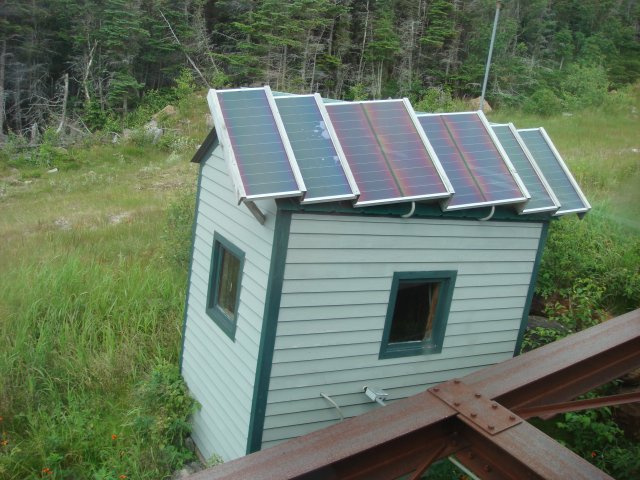
While we were
waiting at the summit for our downhill trip, I snapped this picture of the cogs
under the engine
These are what prevent the engine's wheels from spinning uselessly
They obviously would not work when there's three or more feet of solid ice on
the track in the winter
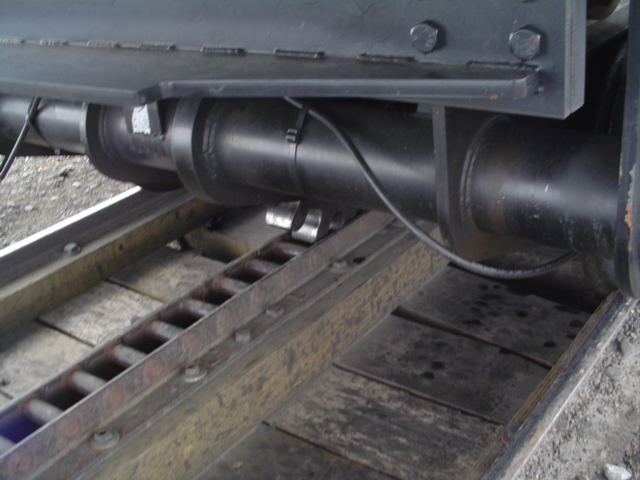
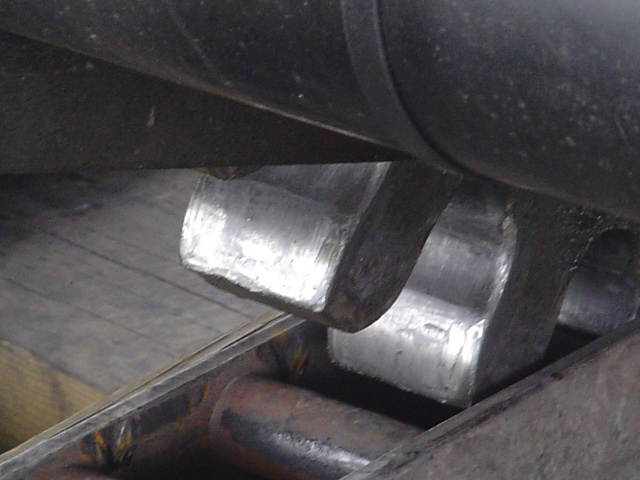
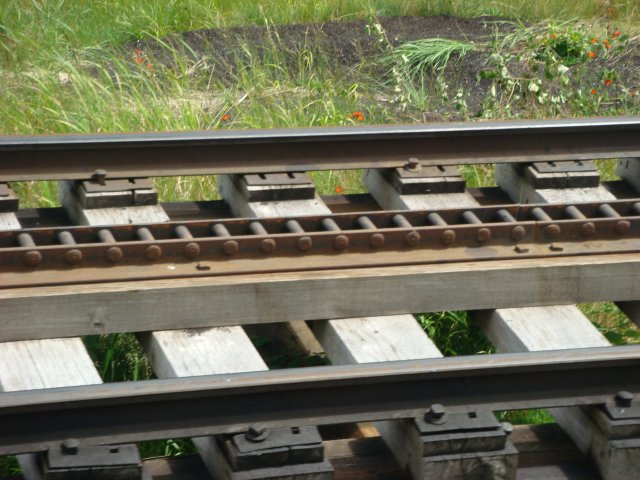

Marshall took
this picture on our climb toward the summit

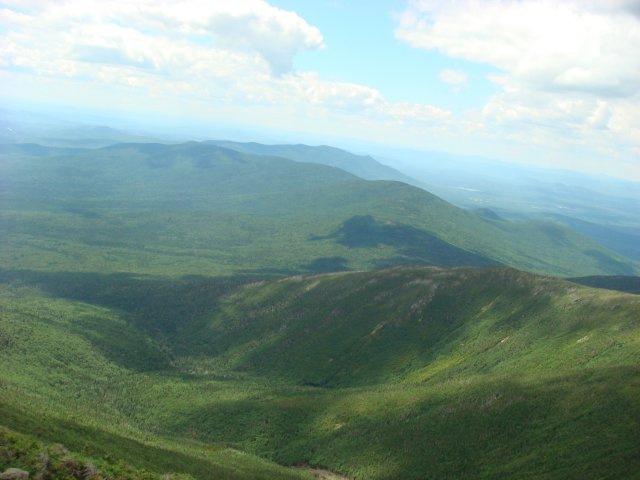
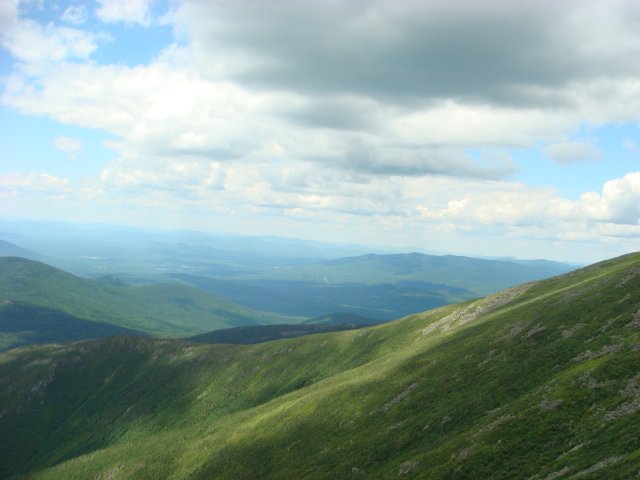
Note the pile of
rocks marking the
Appalachian Trail


The Visitors'
Center at the top of Mt. Washington has a huge observation deck
And on frequent occasion winds strong enough to blow people off the deck
This is the view from the train approaching the top of the mountain

And here are a
couple of Marshall's photographs from the deck of the Visitors' Center above a
restaurant

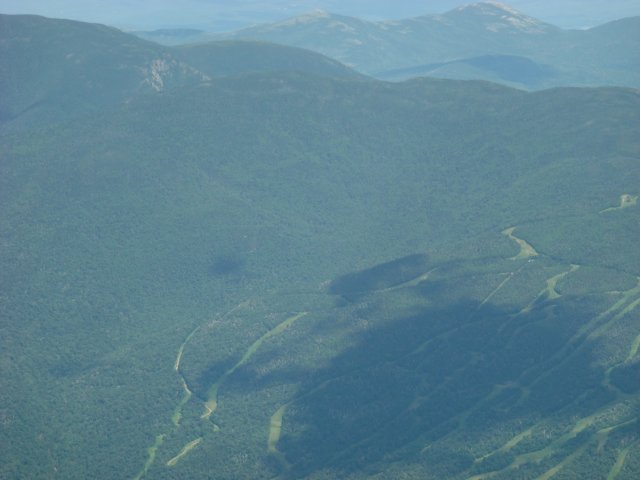
One of the
Appalachian Trail's historic shelters on the top of Mt. Washington was the
Tip Top
House Hotel
Although I would not call it much of a hotel by today's standards
It has stone walls over three feet thick to provide shelter from the mountain's
legendary winds
Weary hikers rented a bunk (in stacks of bunks) are not much bigger than stacked
coffins

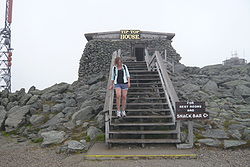
These are
Marshall's pictures of the Tip Top House bunks
I don't think many babies were conceived in the Tip Top House Hotel


This is the
lobby, dining room, and kitchen of the Tip Top House Hotel

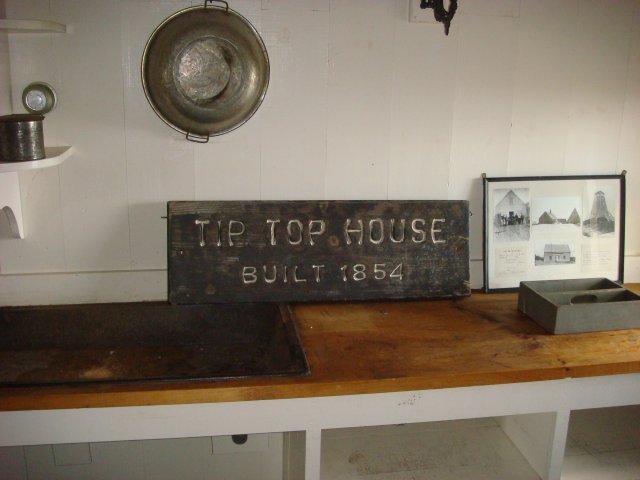
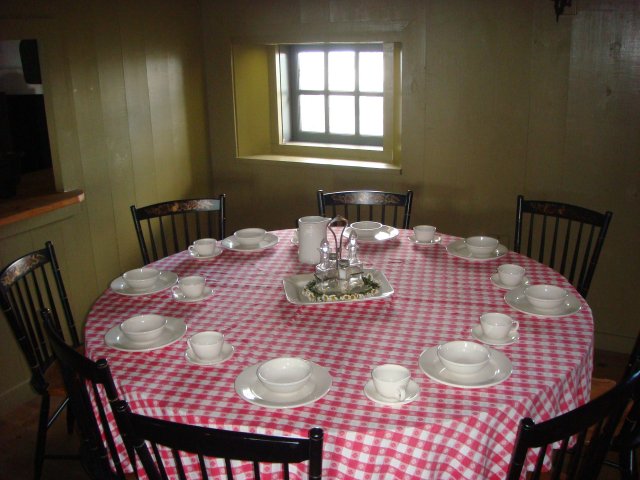
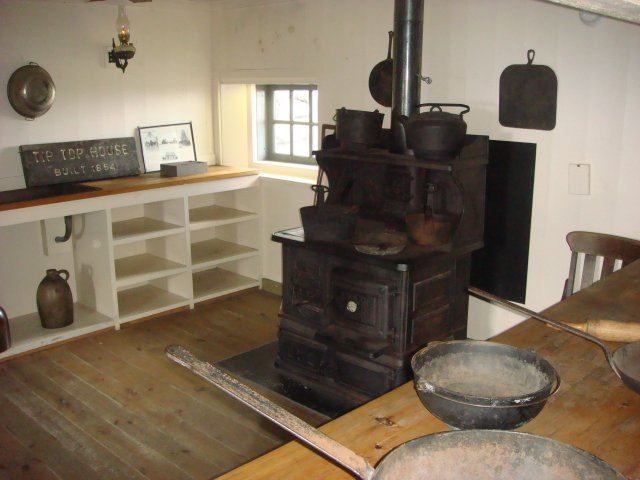

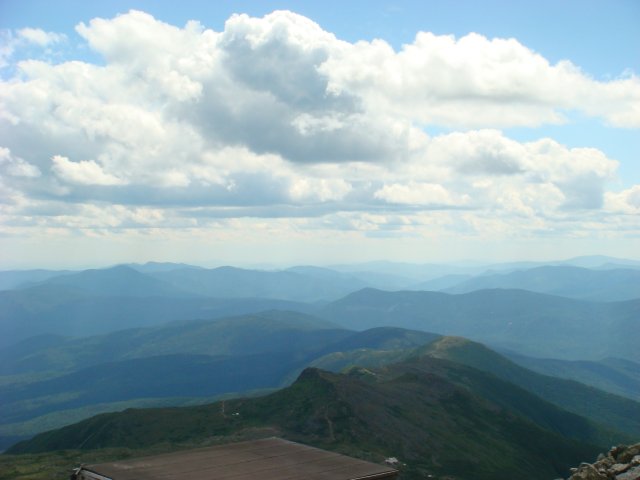
This is one of
my favorite shots that I took while waiting to board for the descent
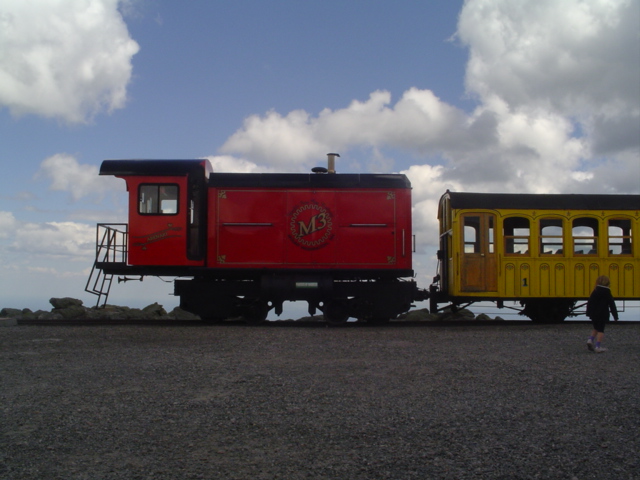
What goes up to
the top of a mountain must go back down
There were two biodiesel engines and and passenger cars waiting for us to board
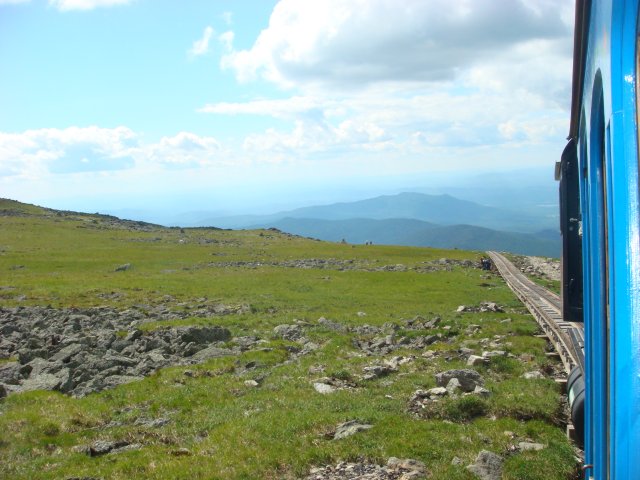
\Steamtown
National Historic Site (steam locomotives) ---
http://www.nps.gov/stea/index.htm
More of Bob Jensen's Pictures and
Stories
http://www.trinity.edu/rjensen/Pictures.htm
WhiteMountainHistory.org ---
http://whitemountainhistory.org/
Over 70 Historical Photographs ---
http://photos.whitemountainhistory.org/AlbumHomeView.aspx
Blogs of White
Mountain Hikers (many great photographs) ---
http://www.blogger.com/profile/02242409292439585691
Especially note
the archive of John Compton's blogs at the bottom of the page at
http://1happyhiker.blogspot.com/
AMC White Mountain Guide: Hiking Trails in the White Mountain National
Forest ---
http://books.google.com/books/about/AMC_White_Mountain_Guide.html?id=V6-hFq6yHcAC
Find Hiking
Trails ---
http://www.traillink.com/?gclid=CPPLy8-wt7ECFYNx4AodR2QAsQ
On May 14,
2006 I retired from
Trinity University after a long and
wonderful career as an accounting professor in four universities. I was
generously granted "Emeritus" status by the Trustees of Trinity University. My
wife and I now live in a cottage in the White Mountains of New Hampshire ---
http://www.trinity.edu/rjensen/NHcottage/NHcottage.htm
Bob
Jensen's Blogs ---
http://www.trinity.edu/rjensen/JensenBlogs.htm
Current and past editions of my newsletter called New
Bookmarks ---
http://www.trinity.edu/rjensen/bookurl.htm
Current and past editions of my newsletter called
Tidbits ---
http://www.trinity.edu/rjensen/TidbitsDirectory.htm
Current and past editions of my newsletter called
Fraud Updates ---
http://www.trinity.edu/rjensen/FraudUpdates.htm
Bob Jensen's past presentations and lectures
---
http://www.trinity.edu/rjensen/resume.htm#Presentations
Our
address is 190 Sunset Hill Road, Sugar Hill, New Hampshire
Our cottage was known as the Brayton Cottage in the early 1900s
Sunset Hill is a ridge overlooking with
New Hampshire's White Mountains to the East
and Vermont's
Green Mountains to the West
Bob Jensen's Threads ---
http://www.trinity.edu/rjensen/threads.htm
Bob Jensen's Home Page ---
http://www.trinity.edu/rjensen/
































